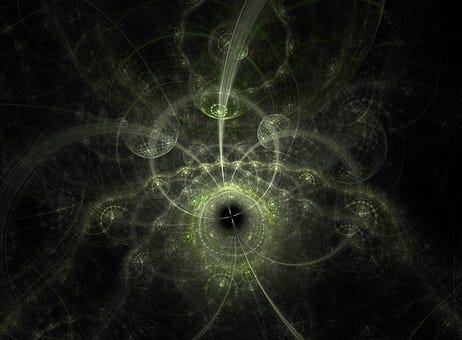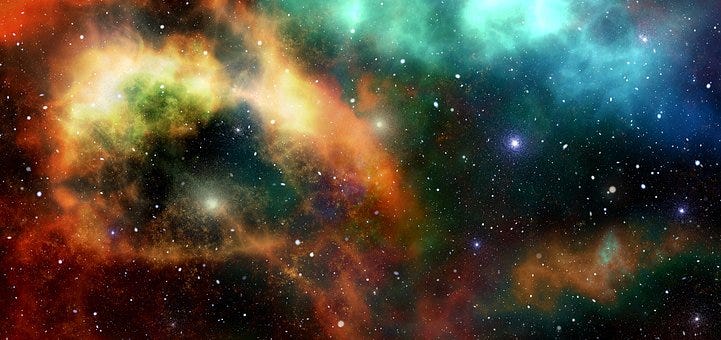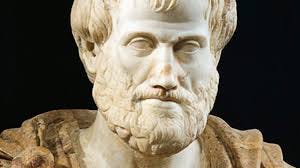
In previous articles on the theme of quantum physics, I have made frequent reference to the enthusiasm of its pioneers for Plato, and his allegory of the cave with its shadows on a wall. Sir James Jeans, for example, used it as the epigram for his book The Mysterious Universe. The clearest statement came from Werner Heisenberg: “Modern physics has definitely decided for Plato. The smallest units of matter are not physical objects… They are forms, structures, or — in Plato’s sense — Ideas”.

If modern physics has decided for Plato, what has it decided against? On the evidence of that quote, it would be the philosophy of materialism, which is still so influential in science today despite the quantum revolution. Another possibility could have been Aristotle, who was once Plato’s student, but later went his own way and developed his own philosophy. However, it would seem that on the issues brought up by quantum physics, Aristotle held similar views to Plato. Heisenberg, in addition to the quote above, also refers to Aristotle: “The probability wave means a tendency for something. It is a quantitative version of the old concept of ‘potentia’ in Aristotelian philosophy. It introduces something standing in the middle between the idea of an event and the actual event, a strange kind of physical reality just in the middle between possibility and reality”.
I came across that quote in a book by Lothar Schäfer¹, who then continues:
- “Aristotle believed that matter without form is not quite real. He believed that stuff in itself, unformed and indefinite, is not part of reality, but it has the potential, potentia, to come into reality by being formed. Form brings matter into reality” (all his italics).
- “Potentia is a concept in Aristotle’s metaphysics that describes a state of being which, at the ground of reality, is intermediate between ‘not being’ and ‘really being’. In order for forms to become reality, matter has the meaning of possibility.
- “Aristotle’s term for reality is energeia, the root of our ‘energy’. His term for possibility is dynamis. It is an interesting coincidence that, in order for virtual particles to be real, they need energy, and that, furthermore, the values of dynamical variables of quantum particles are not quite real until they are observed”.
- “In Heisenberg’s view the electrons and atoms share these aspects of potentia: when not observed, they are not real in the ordinary sense, but suspended in a world of possibilities, of non-material, wave-like patterns of probabilities. Particles in a superposition of states contain all kinds of wave forms; that is, they have no definite form. When measurements give particles a definite form, they project them into reality. In Aristotle’s words: Forms bring matter into reality. In the terms of quantum physics: Measurements give form (reality) to indefinite superpositions of states” (his italics).
We are left to wonder how Plato and Aristotle came to such conclusions (similar ideas can also be found in Hinduism) without the benefit, we assume, of 20th century technology. (It is an ongoing theme of mine that there was once an Ancient Wisdom, which to some extent has been lost). Schäfer says: “It is not quite clear how Aristotle arrived at the view that forms help matter to become real, or how he was able to defend it. Sometimes it seems that inspired ideas need no defence and it is immaterial how they were derived”.

While we’re on the subject of Aristotle, it is interesting to note that, even though he broke away from Plato, he nevertheless held many views consistent with a modern spiritual perspective, in opposition to materialism.
- “In contrast to Plato’s transcendentalism, Aristotle thought that ideas, or forms, are not transcendental but exist in the things, that true reality is immanent, not transcendent”. Arguing against the concept of Platonic Ideas, “the forms are present in the things. Animals, trees, have a soul ‘psyche’. Nature is animated, the universe an organism”.
- “According to Aristotle, a tree has a soul that guides its growth; soul gives unformed matter its form; the form is the goal and purpose of the evolution of a tree, as all natural phenomena, even physical ones, occur for a purpose²”

From my perspective, divinity is both transcendent and immanent. And Aristotle is an animist, and believes in teleology; no wonder he has been rejected by the modern ‘Enlightenment’. It would seem that, as well as seeking a reunification of science and religion, we would also benefit from a reunification of Platonism and Aristotelianism.
====================================================================================================
Footnotes:
1. In Search of Divine Reality: Science as a Source of Inspiration, University of Arkansas Press, 1997. The following quotes are from pages 46 and 47.
2. Schäfer, p126
